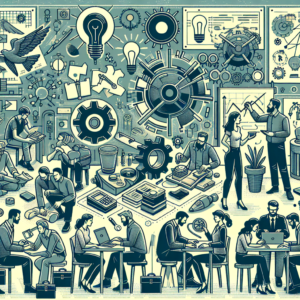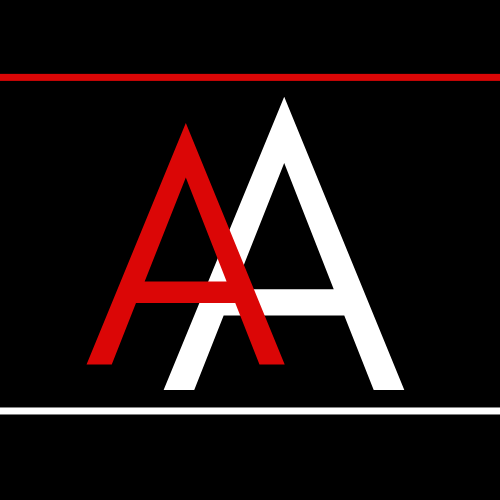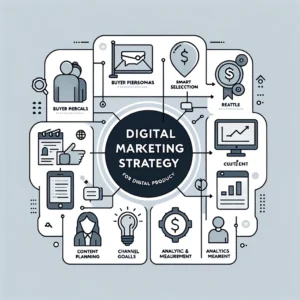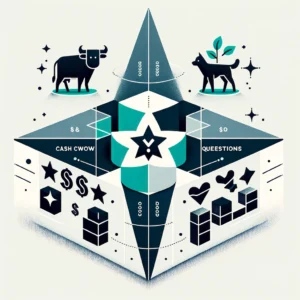In today’s fast-paced and competitive business landscape, product development plays a crucial role in the success of any organization. It involves the creation and improvement of products or services to meet the ever-changing needs and preferences of consumers. Companies that excel in product development not only gain a competitive edge but also drive innovation and growth in their respective industries.

This article explores various product development examples across different sectors, highlighting the strategies, challenges, and outcomes of these initiatives. By examining real-world case studies and statistics, we aim to provide valuable insights into successful product development practices and inspire businesses to embrace innovation.
1. Technology Sector
1.1 Apple’s iPhone: Revolutionizing the Mobile Industry
Apple’s iPhone is a prime example of how product development can revolutionize an entire industry. Launched in 2007, the iPhone introduced a new era of smartphones, combining sleek design, intuitive user interface, and advanced features. By integrating a touch screen, internet connectivity, and a wide range of applications, Apple transformed the way people communicate, work, and entertain themselves.
The success of the iPhone can be attributed to Apple’s relentless focus on user experience and continuous innovation. Through iterative product development cycles, Apple has consistently released new iPhone models with enhanced features, improved performance, and expanded capabilities. This commitment to innovation has allowed Apple to maintain its market dominance and create a loyal customer base.
1.2 Tesla’s Electric Vehicles: Pioneering Sustainable Transportation
Tesla, led by visionary entrepreneur Elon Musk, has disrupted the automotive industry with its electric vehicles (EVs). Tesla’s product development strategy revolves around creating high-performance EVs that offer superior range, acceleration, and sustainability compared to traditional gasoline-powered cars.
By leveraging advanced battery technology and software integration, Tesla has overcome the limitations of early EVs, such as limited range and long charging times. The company’s flagship models, like the Model S and Model 3, have gained widespread acclaim for their cutting-edge features, including autonomous driving capabilities and over-the-air software updates.
Tesla’s success in product development has not only propelled the adoption of EVs but also forced traditional automakers to invest heavily in electric vehicle technology. This example showcases how product development can drive industry-wide transformation and sustainability.
2. Consumer Goods Sector
2.1 Coca-Cola’s Freestyle Machines: Personalizing Beverage Choices
Coca-Cola’s Freestyle machines have revolutionized the way consumers interact with beverage dispensers. These touch-screen soda fountains allow customers to customize their drinks by choosing from a wide variety of flavors and combinations. With over 200 beverage options, the Freestyle machines provide a unique and personalized experience for consumers.
The development of the Freestyle machines required significant investment in technology and product design. Coca-Cola had to overcome technical challenges to ensure the machines could handle multiple flavors and maintain consistent quality. However, the effort paid off, as the Freestyle machines have become a major attraction in restaurants and convenience stores, driving customer engagement and loyalty.
2.2 Procter & Gamble’s Swiffer: Redefining Cleaning Solutions
Procter & Gamble (P&G) transformed the cleaning industry with the introduction of Swiffer, a versatile cleaning tool that combines a mop, broom, and duster. Swiffer’s product development focused on addressing the pain points of traditional cleaning methods, such as the hassle of changing mop heads or the inefficiency of using a broom and dustpan.
Through extensive consumer research and iterative prototyping, P&G developed a range of Swiffer products that offer convenience, efficiency, and superior cleaning performance. The success of Swiffer can be attributed to P&G’s ability to identify and solve consumer problems through innovative product development.
3. Healthcare Sector
3.1 Fitbit: Empowering Individuals to Track Their Health
Fitbit, a pioneer in wearable fitness technology, has transformed the way individuals monitor and manage their health. Fitbit’s product development revolves around creating wearable devices that track various health metrics, including steps taken, heart rate, sleep quality, and calorie burn.
By combining sensors, data analytics, and user-friendly interfaces, Fitbit has empowered individuals to take control of their health and fitness goals. The company’s continuous product development efforts have led to the introduction of advanced features like GPS tracking, heart rate monitoring, and personalized coaching.
Fitbit’s success in product development has not only driven its own growth but also influenced the healthcare industry as a whole. The integration of wearable technology into healthcare has opened new avenues for preventive care, remote patient monitoring, and personalized treatment plans.
3.2 3D-Printed Prosthetics: Enhancing Accessibility and Customization
The development of 3D-printed prosthetics has revolutionized the field of orthopedics and improved the lives of individuals with limb loss. Traditional prosthetics are often expensive, time-consuming to produce, and lack customization options. However, 3D printing technology has enabled the creation of affordable, customizable prosthetics with shorter production times.
Organizations like e-NABLE and Open Bionics have embraced 3D printing to develop prosthetic limbs that are not only functional but also aesthetically appealing. By leveraging open-source designs and collaborative networks, these organizations have made significant progress in enhancing accessibility to prosthetics worldwide.
The use of 3D printing in prosthetic development showcases the potential of product innovation to address societal challenges and improve the quality of life for individuals with disabilities.
Conclusion
Product development is a critical driver of innovation and growth across various industries. The examples discussed in this article demonstrate how companies have leveraged product development to transform their respective sectors, create new market opportunities, and meet evolving consumer demands.
From Apple’s iPhone revolutionizing the mobile industry to Tesla’s electric vehicles pioneering sustainable transportation, these examples highlight the importance of continuous innovation and user-centric design. Coca-Cola’s Freestyle machines and Procter & Gamble’s Swiffer showcase how product development can redefine consumer experiences and drive customer engagement.
In the healthcare sector, Fitbit’s wearable technology has empowered individuals to take control of their health, while 3D-printed prosthetics have enhanced accessibility and customization in the field of orthopedics.
By studying these product development examples, businesses can gain valuable insights into successful strategies, challenges, and outcomes. Embracing innovation and investing in product development can position organizations at the forefront of their industries, driving growth and competitive advantage in today’s dynamic business landscape.




